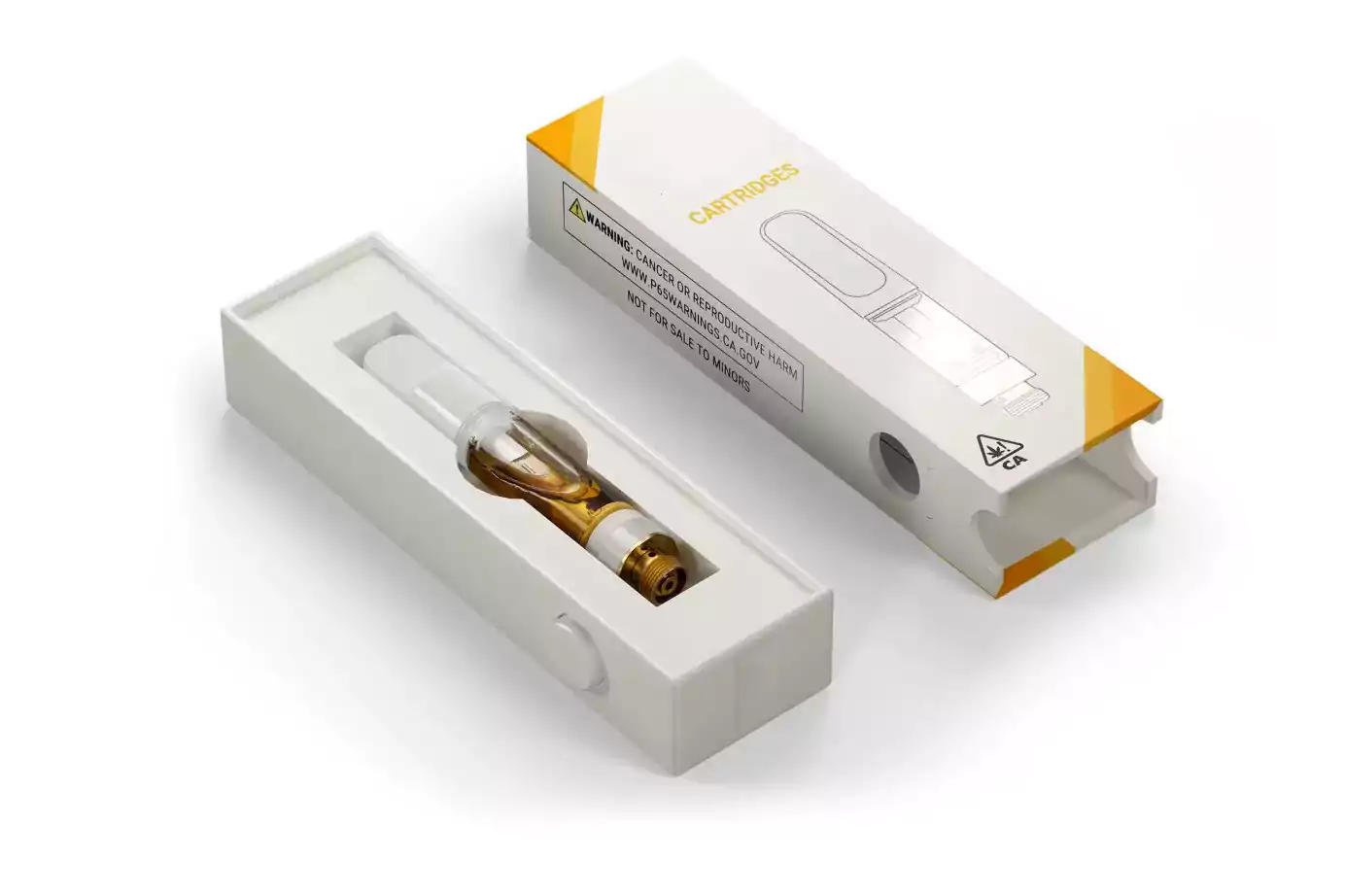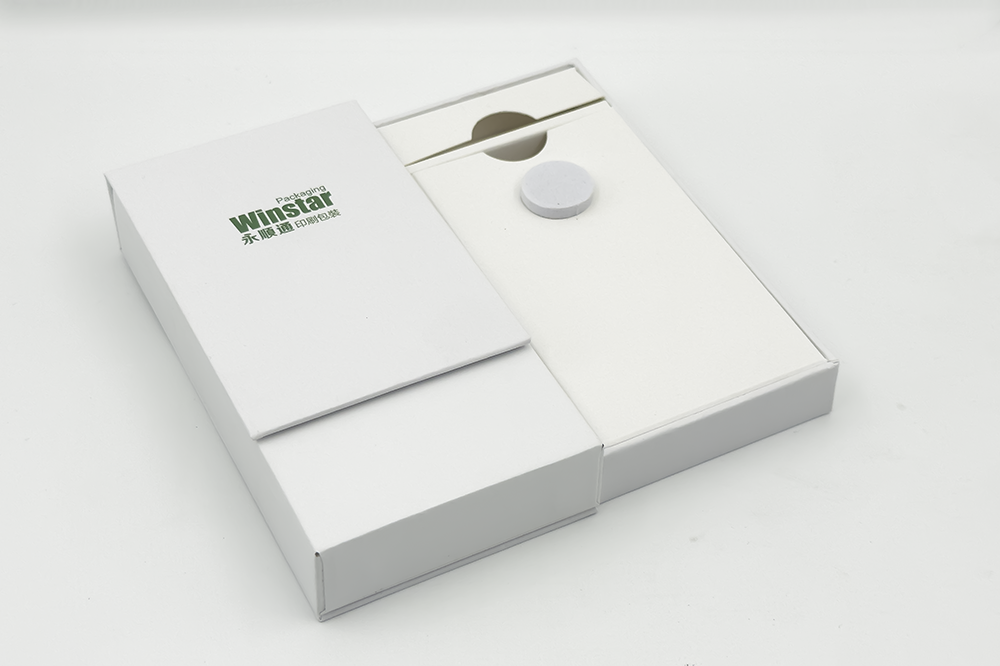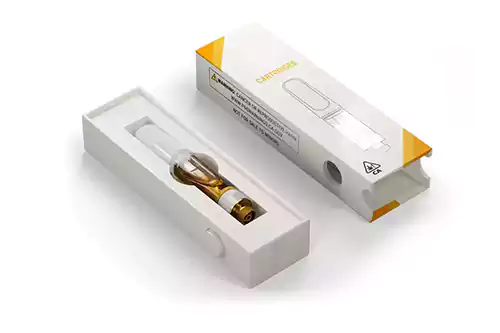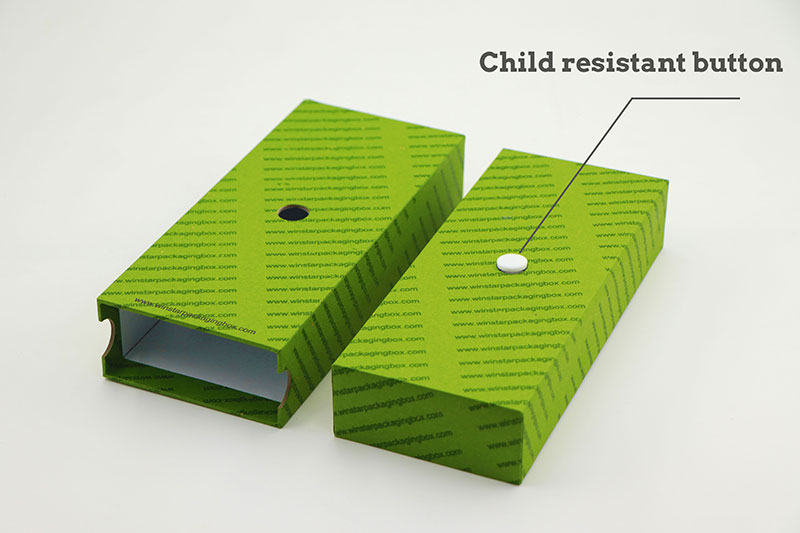Child-resistant packaging is a type of packaging that is designed to prevent children from accessing and accidentally ingesting harmful substances or objects. It is required by law for certain products, such as medicines and chemicals, to be packaged in child-resistant packaging. In this article, we will discuss the child-resistant packaging requirements, why they are important, and how they work.

What are Child Resistant Packaging Requirements?
Child-resistant packaging requirements are regulations that mandate certain types of products to be packaged in a way that is difficult for children under the age of five to open. These requirements are enforced by the Consumer Product Safety Commission (CPSC) and the Food and Drug Administration (FDA) in the United States.
The CPSC requires that products such as prescription and over-the-counter drugs, pesticides, and household chemicals be packaged in child-resistant packaging. The FDA also requires child-resistant packaging for certain prescription drugs and over-the-counter drugs, such as aspirin and ibuprofen.
Why are Child Resistant Packaging Requirements Important?
Child-resistant packaging requirements are important for several reasons. First, they help prevent accidental ingestion of harmful substances or objects by young children. Children are naturally curious and tend to explore their environment by putting things in their mouth, which can lead to serious injury or even death if they ingest something poisonous.
Second, child-resistant packaging requirements help reduce the number of emergency room visits and hospitalizations due to accidental ingestion. According to the CPSC, there were approximately 12,000 emergency room visits and 100 deaths in the United States in 2019 due to accidental ingestion of household chemicals by children under the age of five.
Third, child-resistant packaging requirements help protect the manufacturers from liability in case of accidental ingestion by a child. By complying with these requirements, manufacturers can demonstrate that they have taken reasonable steps to prevent accidental ingestion and protect consumers from harm.
How Does Child Resistant Packaging Work?
Child-resistant packaging works by making it difficult for young children to open the package, while still allowing adults to open it easily. There are several different types of child-resistant packaging, including push-and-twist caps, squeeze-and-turn caps, and blister packs.
Push-and-twist caps require the user to push down on the cap and then twist it in order to open the package. Squeeze-and-turn caps require the user to squeeze the sides of the cap and then turn it to open the package. Blister packs use a combination of hard plastic and foil to create a seal that is difficult for children to open.
Conclusion
Child-resistant packaging requirements are an important safety measure that helps protect young children from accidental ingestion of harmful substances or objects. By complying with these requirements, manufacturers can demonstrate that they have taken reasonable steps to protect consumers from harm. If you have young children in your home, it is important to store household chemicals, medications, and other potentially harmful products out of reach and in their original child-resistant packaging.
References:
1. Consumer Product Safety Commission. (2020). Poison Prevention Packaging. https://www.fda.gov/regulatory-information/search-fda-guidance-documents
2. Food and Drug Administration. (2021). Child-Resistant Packaging Statements in Drug Product Labeling. https://www.fda.gov/regulatory-information/search-fda-guidance-documents
3. National Capital Poison Center. (2020). Poisoning Statistics. https://www.poison.org/poison-statistics-national
4. U.S. Consumer Product Safety Commission. (2019). CPSC Report: Poison Control Centers Report 12,000+ Calls Each Year for Young Children Getting Access to Medicine. https://www.cpsc.gov/Newsroom/News-Releases/2019/CPSC-Report-Poison-Control-Centers-Report-12000-Calls-Each-Year-for-Young-Children-Getting-Access-to-Medicine
5. U.S. Consumer Product Safety Commission. (2019). Child-Resistant Packaging. https://www.cpsc.gov/Safety-Education




